Baking Soda, a Reprise
elks
19 years ago
Featured Answer
Sort by:Oldest
Comments (15)
Field
19 years agoRelated Professionals
Edmond Landscape Architects & Landscape Designers · Bridgetown Landscape Architects & Landscape Designers · Graham Landscape Architects & Landscape Designers · Hyattsville Landscape Architects & Landscape Designers · North New Hyde Park Landscape Architects & Landscape Designers · Oconomowoc Landscape Architects & Landscape Designers · Gresham Landscape Contractors · Hilo Landscape Contractors · Kearny Landscape Contractors · Lynwood Landscape Contractors · Mastic Beach Landscape Contractors · Mastic Beach Landscape Contractors · McLean Landscape Contractors · Muttontown Landscape Contractors · Newberg Landscape Contractorssuziebee
19 years agoField
19 years agosuziebee
19 years agoField
19 years agomichaelg
19 years agosuziebee
19 years agoweldontx
19 years agobaccus
19 years agoviktoria5
13 years agoviktoria5
13 years agoKimmsr
13 years agoviktoria5
13 years agoKimmsr
13 years ago
Related Stories
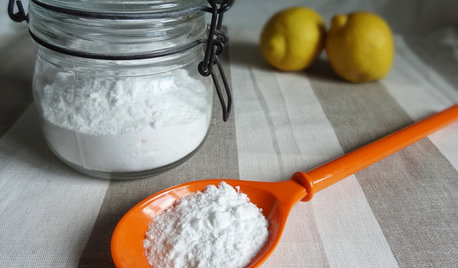
HOUSEKEEPINGBaking Soda: The Amazing All-Natural Cleanser You Already Own
Battle grime, banish odors and freshen clothes with this common nontoxic cupboard staple
Full Story
LIFESimple Pleasures: The Joy of Baking
Fill your house with a heavenly scent and your heart with cheer by making time to bake
Full Story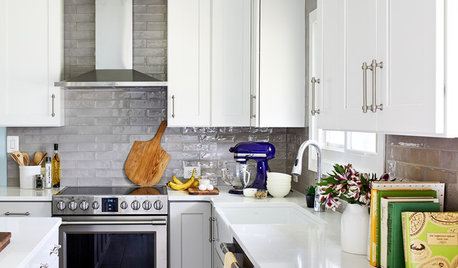
KITCHEN DESIGNGet Organized for Holiday Baking
Before you crack that first egg, establish a game plan for stress-free success
Full Story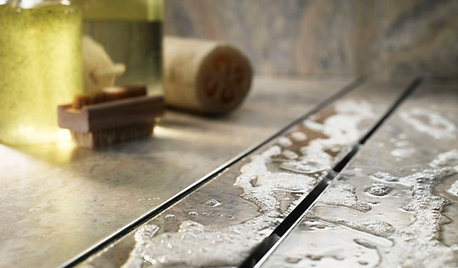
HOUSEKEEPING12 Cleaning Projects That Go a Little Deeper — Naturally
Eucalyptus oil for germy door handles. Baking soda for oven grime. Here are nontoxic solutions for often-overlooked cleaning jobs
Full Story
HOUSEKEEPINGOut, Darn Spot! Tips for Removing Carpet Stains
Know the right solutions and when to use them to prevent stains from pets, soda, chocolate, blood and more
Full Story
HEALTHY HOME12 Ways to Set Up Your Kitchen for Healthy Eating
Making smart food choices is easier when your kitchen is part of your support team
Full Story
MOST POPULAR33 Magic Household Cleaning Tips
Houzzers from around the world share their tips for transforming housework into child’s play
Full Story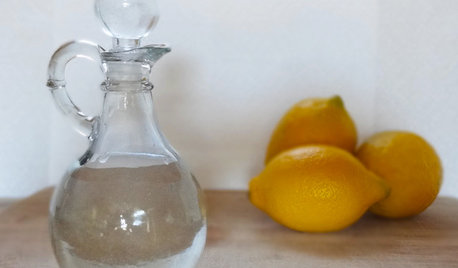
HOUSEKEEPINGVinegar and Voilà: Clean Your House the Natural Way
Ditch the commercial cleaners for nontoxic, inexpensive and versatile white vinegar
Full Story
HOUSEKEEPINGHow to Fix a Stinky Garbage Disposal
No plumber’s fee or even a trip to the hardware store is required with these easy solutions
Full Story
HOUSEKEEPINGDon't Touch Another Stain Before You Read This
Even an innocent swipe with water may cause permanent damage. Here's what to know about how rugs and fabrics react
Full Story





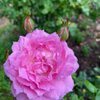

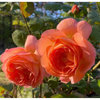
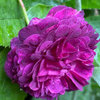
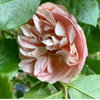
elksOriginal Author